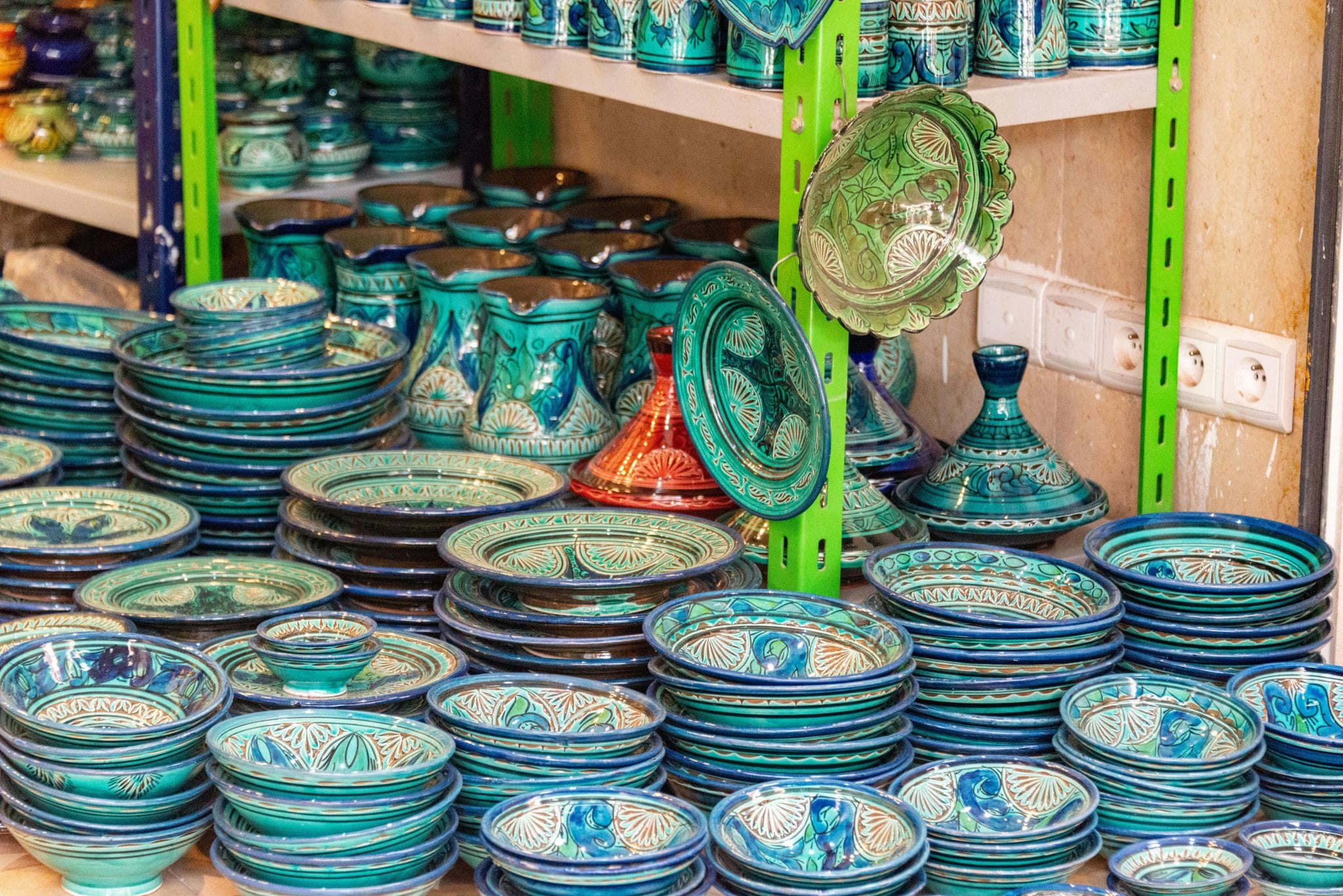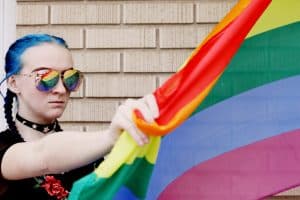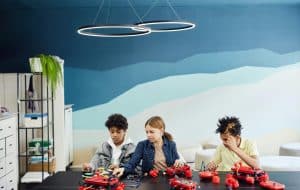Color Influence How Store Design Affects Decisions
When we walk into a store, we are surrounded by colors, from the bright and vibrant displays to the subtle hues of the interior walls. But have you ever stopped to think about how these colors affect your decisions as a consumer? From enticing us to enter a store to influencing our purchasing choices, color plays a significant role in store design. In this article, we will dive into the concept of color influence and how store design affects our decisions.
The Psychology of Color
Before delving into how store design impacts our decision-making, it is essential to understand the psychology of color. Colors have the power to evoke emotions, create associations, and influence our behaviors. Studies have shown that up to 90% of our decisions are based on emotions, making color an essential factor in the success of any business.
Red: Excitement and Urgency
The color red is often associated with passion and energy. In store design, it is commonly used to attract attention and create a sense of urgency. Retailers often use this color in their sale and clearance sections to encourage customers to make quick purchasing decisions. However, overusing red can be overwhelming and agitating, causing customers to leave the store.
Yellow: Optimism and Happiness
Yellow conveys a feeling of warmth and positivity. It stimulates our mental processes, making us more alert and decisive. In store design, yellow is often used to create a welcoming and cheerful atmosphere. It is commonly seen in fast-food restaurants, as it is believed to increase appetite and encourage customers to make impulse purchases.
Blue: Trust and Serenity
Blue is often associated with trust, security, and reliability. It is a calming color that can evoke feelings of peace and tranquility. In store design, blue is commonly used in technology and healthcare stores to build trust with customers. However, a study by the Journal of Business Research found that too much blue can be perceived as cold, which can lead to negative emotions and a decrease in sales.
Green: Wellness and Nature
Green is often associated with nature, growth, and balance. It is a calming color that can promote feelings of relaxation and harmony. In store design, green is commonly used in health and wellness stores to convey a sense of well-being and eco-friendliness. It is also popular in stores selling natural and organic products.
The Impact of Color on Store Design
The Store Front
The first impression is crucial in drawing customers into a store. In store design, the color of the store front plays a vital role in grabbing the attention of potential customers. Bright and bold colors like red, orange, and yellow are commonly used to attract attention, while softer colors like pastel blue and green are used to create a sense of tranquility.
The Interior Design
The colors used in the interior design of a store can significantly impact a customer’s behavior. Warm colors like red and yellow can create a sense of urgency and encourage impulse purchases, while cool colors like green and blue can promote relaxation and contemplation. Retailers must understand their target audience and the emotions they want to evoke to choose the most effective colors for their store.
The Layout
The layout of a store, including the placement of different colors, can also influence customer behavior. For example, using a bright color at the end of an aisle can draw customers’ eyes and encourage them to explore further. Darker colors placed near the entrance can make the store feel small and uninviting, whereas lighter colors can give the illusion of space.
Conclusion
Color is a powerful tool in store design, and retailers must carefully consider its impact on their customers’ emotions and behaviors. From the store front to the layout to the interior design, every element plays a crucial role in creating an inviting and compelling shopping experience. By understanding the psychology of color and its influence on decision-making, retailers can use it to their advantage and create a successful and profitable business.










